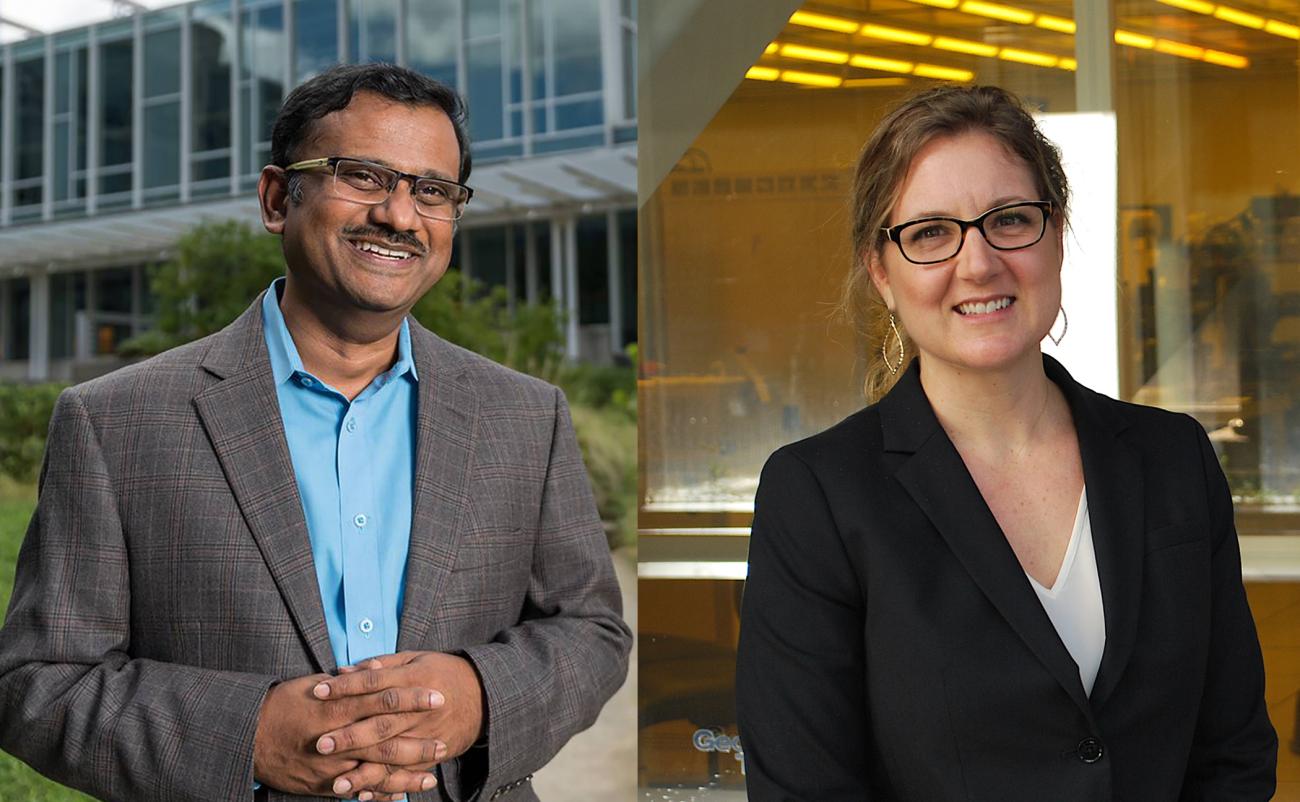The Georgia Institute of Technology has been selected as the in-depth cell characterization platform hub for the National Institute of Health’s (NIH) Regenerative Medicine Innovation Project (RMIP). Established under the 21st Century Cures Act, the main goal of the $30 million RMIP is the development of transformative new therapies based on adult stem cells.
A key element of NIH's strategy in implementing the RMIP has been to identify the field's critical challenges and provide resources and tools to address them. A widely acknowledged challenge in the regenerative medicine field is a limited understanding of how specific stem cell characteristics lead to successful clinical outcomes. To address this challenge, the NIH in consultation with the scientific community and in collaboration with Food and Drug Administration and the National Institute of Standards and Technology, developed a proposed framework for in-depth cell characterization (IDCC).
The University of Maryland, Baltimore (UMB), which serves as the administrative hub for the RMIP in-depth cell characterization activities, issued a request for proposals for a characterization infrastructure hub, where this science would happen. After a competitive solicitation and review, Georgia Tech was selected to provide IDCC of human adult source stem cells used in RMIP studies, as well as stem cell products that RMIP awardees have developed for clinical application.
“Our analysis will provide researchers a deeper understanding of the cell products in these various clinical and IND-supporting pre-clinical trials – the characteristics that contribute to their safety and efficacy, for example,” said Krishnendu Roy, principal investigator of the new IDCC Platform Hub. Through this kind of in-depth analysis of every cell therapy that is manufactured or used in an RMIP project, researchers will create what Roy and others call a “cell fingerprint.”
“When we have created a large enough database, scientists will be able to correlate the cell fingerprint with the outcomes of a particular disease in a particular patient and gain insights into the critical quality attributes of the cells that make them most effective for a specific patient.”
The IDCC Platform Hub will benefit from the existing resources at Georgia Tech, which include the Marcus Center for Therapeutic Cell Characterization and Manufacturing (MC3M), and the NSF Engineering Research Center (ERC) for Cell Manufacturing Technologies (CMaT). These research centers, along with the core facilities of the Parker H. Petit Institute for Bioengineering and Bioscience, made Georgia Tech highly competitive in the award process, according to Roy.
“We’ve been working on in-depth cell characterization for clinical trials and pre-clinical projects through the Marcus Center and CMaT for several years now, so we’re very well positioned,” said Roy, director of both CMaT and the Marcus Center, and the Robert A. Milton Endowed Chair in the Wallace H. Coulter Department of Biomedical Engineering at Georgia Tech and Emory University.
“Over the past four years, we’ve developed the broad and deep analytics and characterization infrastructure along with the logistics and data-management know-how necessary to conduct these studies,” Roy added. “So, we can take a cell and learn as much as we can from its gene expression profiles, protein profiles, lipid profiles, metabolite profiles, and its functional properties.”
Roy and Carolyn Yeago, associate director of the Marcus Center, will manage activities for the IDCC Platform Hub at Georgia Tech. The rest of the leadership team includes co-principal investigators Andrés García, executive director of the Petit Institute and Regents Professor in the Woodruff School of Mechanical Engineering; Greg Gibson, director of the Center for Integrative Genomics and Regents Professor in the School of Biological Sciences; Facundo Fernandez, Professor and Associate Chair for Research in the School of Chemistry and Biochemistry; and Craig Forest, professor in the Woodruff School.
The IDCC Platform Hub is supported by $1.7 million for the first year – 50 percent from the NIH and 50 percent from non-federal dollars (as required by the Cures Act). Most of the non-federal contributions are being made by the Marcus Foundation and Georgia Tech.
Latest BME News
Jo honored for his impact on science and mentorship
The department rises to the top in biomedical engineering programs for undergraduate education.
Commercialization program in Coulter BME announces project teams who will receive support to get their research to market.
Courses in the Wallace H. Coulter Department of Biomedical Engineering are being reformatted to incorporate AI and machine learning so students are prepared for a data-driven biotech sector.
Influenced by her mother's journey in engineering, Sriya Surapaneni hopes to inspire other young women in the field.
Coulter BME Professor Earns Tenure, Eyes Future of Innovation in Health and Medicine
The grant will fund the development of cutting-edge technology that could detect colorectal cancer through a simple breath test
The surgical support device landed Coulter BME its 4th consecutive win for the College of Engineering competition.








